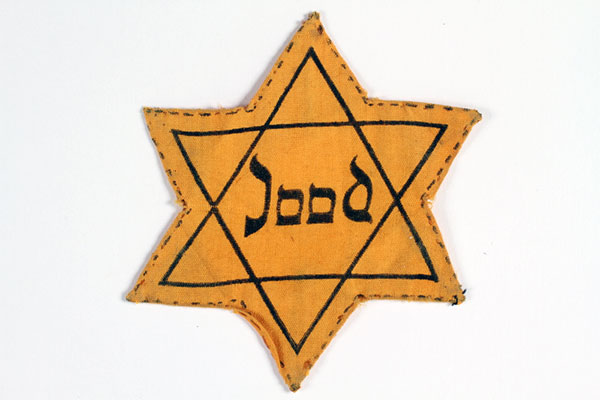-
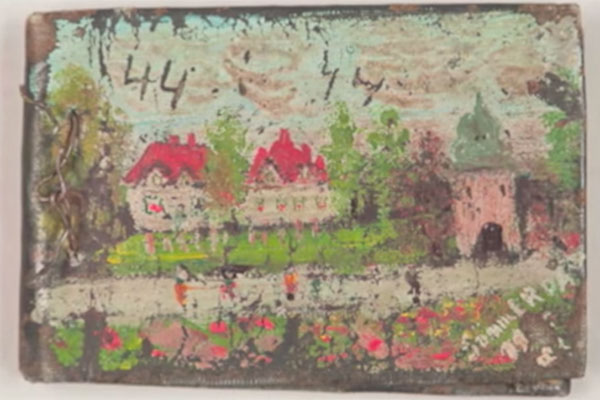
Testimonies of Survival: Diaries from a Slave Labor Camp
In the course of her work, curator Susan Snyder realized the Museum’s collection included several diaries created by female slave laborers at Sömmerda, a little-known subcamp of Buchenwald.
-
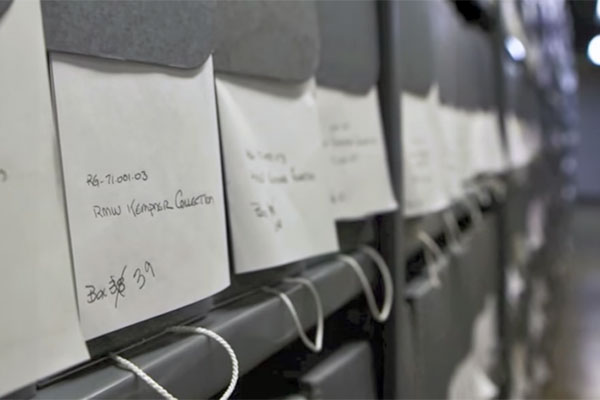
“An Over 15-Year Journey”: The Robert M. W. Kempner Collection
Robert M. W. Kempner served as assistant chief counsel during the International Military Tribunal at Nuremberg and as a prosecutor at the subsequent Nuremberg proceeding known as the “Ministries Case.” This episode recounts how the Museum acquired Kempner’s vast collection of Holocaust-related documents and artifacts and highlights some of the historically significant content.
-
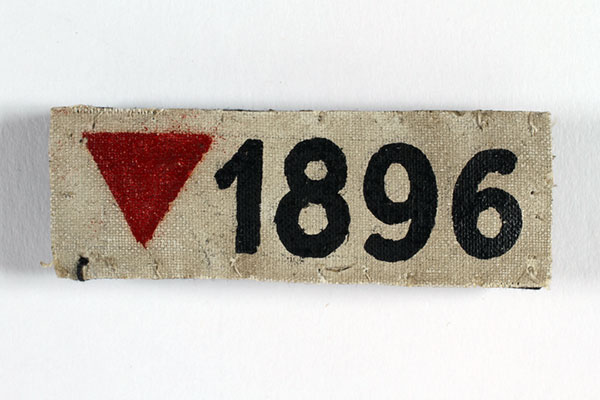
Documenting Nazi Persecution of Gays: The Josef Kohout/Wilhelm Kroepfl Collection
Josef Kohout, more widely known as Heinz Heger, was the subject of The Men with the Pink Triangle, the first published account of a gay survivor of the Nazi camps.
-
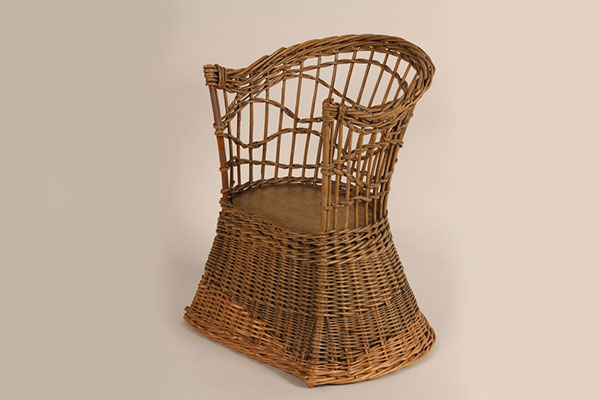
A Symbol of Hope: Louise-Lawrence Israëls’s Chair
Louise Lawrence-Israëls spent her early years in hiding in Amsterdam, where her parents tried to give her and her brother a normal upbringing despite the circumstances. The doll’s chair she received for her second birthday became a symbol of her family’s survival.
-
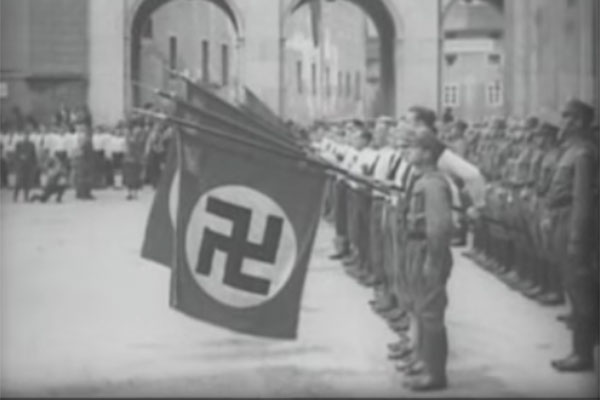
Accidental Witnesses to History: The Baker Collection
Americans Helen and Ross Baker were living in Vienna when Germany annexed Austria in March 1938. With pen and camera in hand, they documented what they saw in letters, a diary, and film. Film researcher Leslie Swift explains the significance of these items to the Museum’s collections.
-
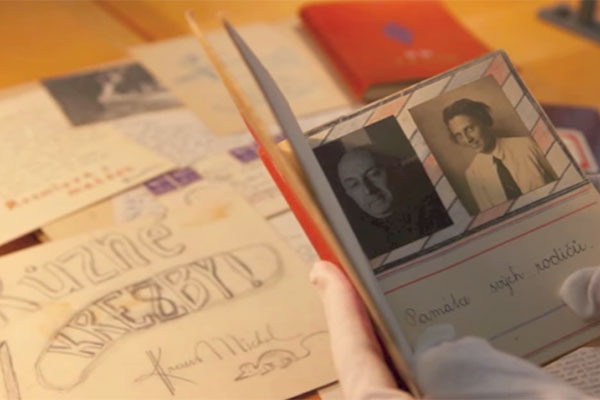
“To the Memory of My Parents”: Michael Kraus’s Diaries
After losing both his parents in concentration camps, Michael Kraus began writing a series of diaries to document his and his parents’ experiences. Archivist Rebecca Erbelding shares these unique records, beautifully illustrated and made in the direct wake of the Holocaust.
-
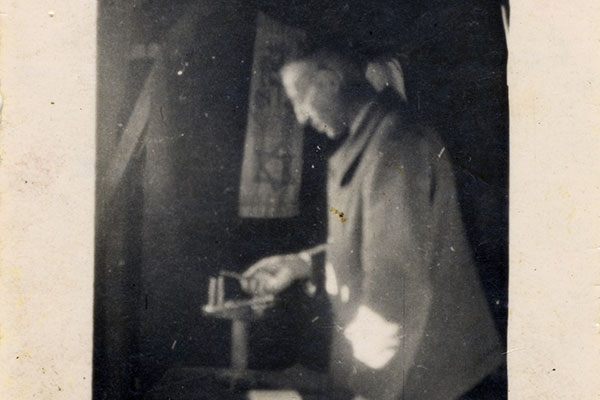
A Rare Photo Reveals a Family’s Story: The Weilheimer Family Collection
Visual documentation of Jewish spiritual practice in the camps is rare. Curator Kyra Schuster’s pursuit of a photo of a prisoner at Gurs lighting Hannukah candles led her to a whole family’s collection of documents that is unique in many ways.
-
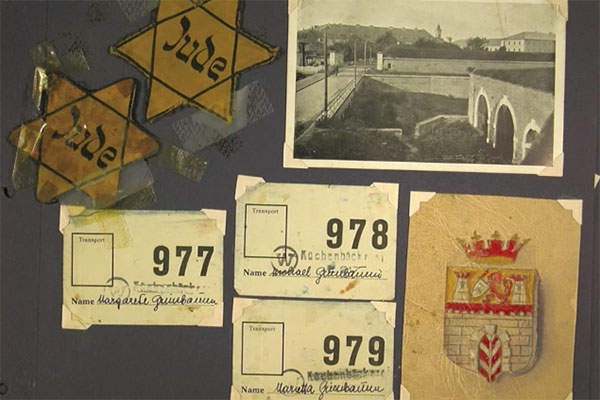
Surviving Theresienstadt: The Michael Gruenbaum Collection
Photo archivist Judith Cohen describes how a scrapbook and memory book from the Michael Gruenbaum Collection provide a rare view into life in Theresienstadt, the Nazis' "model" camp-ghetto.
-
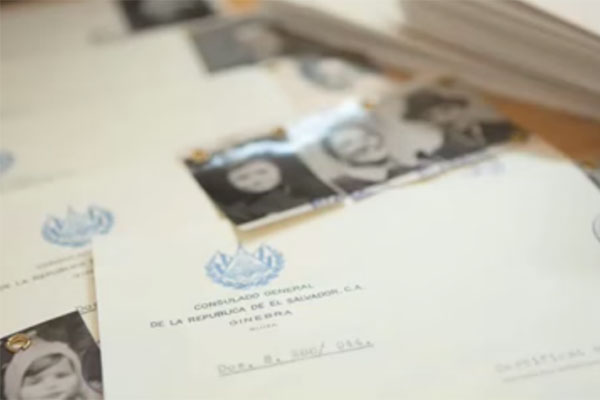
George Mandel-Mantello and His Mission to Rescue Europe’s Jews
With the tacit approval and diplomatic authority of the Salvadoran consul in Switzerland, George Mandel-Mantello, a Hungarian Jew, launched an effort to rescue thousands of Jews across the continent. Judy Cohen, director of the Museum’s photo archives, shares his story.
-
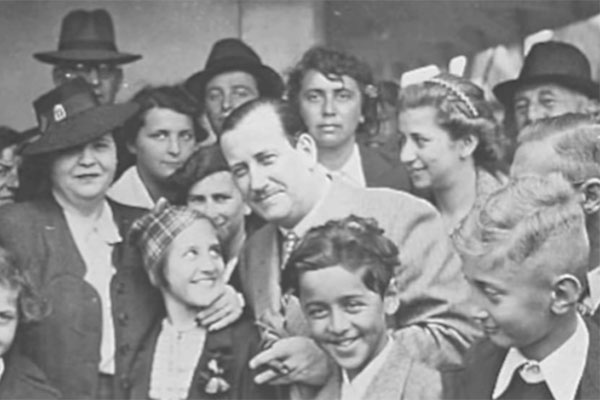
Morris Troper and the Passengers of the St. Louis
Curator Susan Snyder discusses the significance of the Museum’s Morris Troper Collection, which documents the efforts of the American Jewish Joint Distribution Committee European chief to negotiate safe refuge for those who fled the Third Reich aboard the St. Louis in 1939.
< The Museum's Collections
Curators Corner
Extraordinary Stories Behind the Objects in Our Collections

